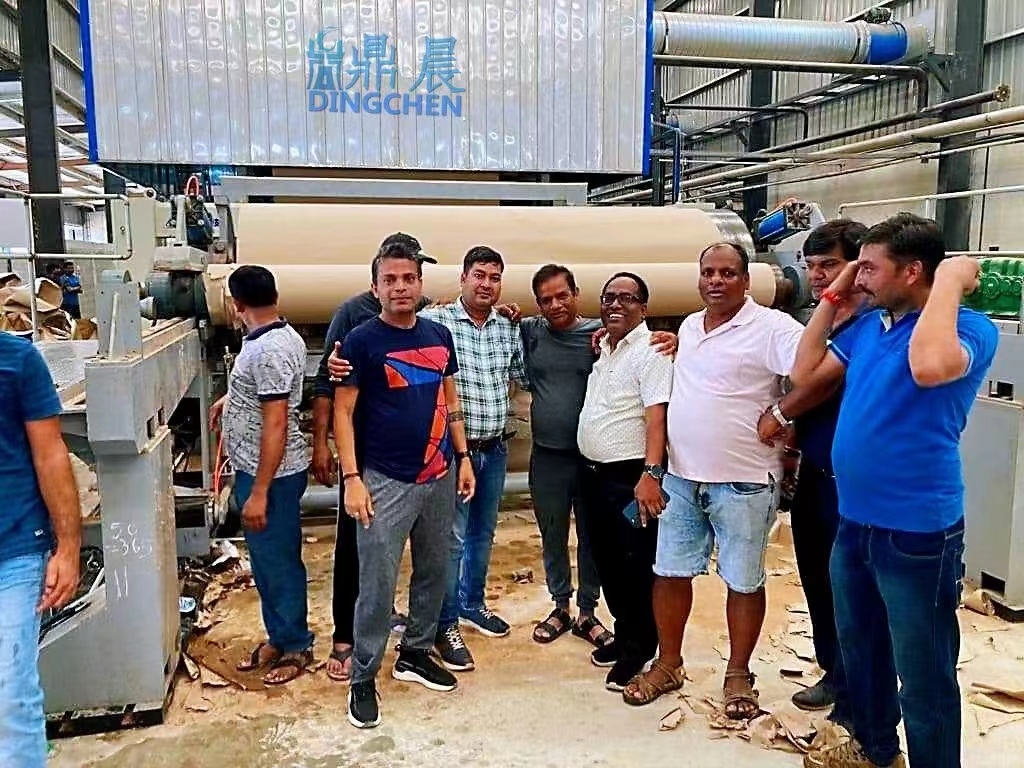Common Raw Materials in Papermaking: A Comprehensive Guide
Papermaking is a time-honored industry that relies on a variety of raw materials to produce the paper products we use daily. From wood to recycled paper, each material has unique characteristics that influence the quality and performance of the final paper. In this guide, we’ll explore the most common raw materials in papermaking, their fiber properties, pulp yields, and applications.
Wood: The Traditional Staple
Wood is one of the most widely used raw materials in papermaking, with two main categories: softwood and hardwood.
Softwood
- Fiber Length: Typically ranges from 2.5 to 4.5 mm.
- Pulp Yield: Between 45% and 55%.
- Characteristics: Softwood fibers are long and flexible, making them ideal for producing high-strength paper. Their ability to form strong interlocks results in paper with excellent durability and tensile strength. This makes softwood a premium raw material for manufacturing writing paper, printing paper, and high-strength packaging materials.
Hardwood
- Fiber Length: Around 1.0 to 1.7 mm.
- Pulp Yield: Usually 40% to 50%.
- Characteristics: Hardwood fibers are shorter compared to softwood. While they produce paper with relatively lower strength, they are often blended with softwood pulp to create medium to low-grade printing paper and tissue paper.
Agricultural and Plant-Based Materials
Beyond wood, several agricultural by-products and plants are valuable in papermaking, offering sustainability and cost-effectiveness.
Straw and Wheat Stalks
- Fiber Length: Approximately 1.0 to 2.0 mm.
- Pulp Yield: 30% to 40%.
- Characteristics: These are widely available and cost-effective raw materials. Although their pulp yield is not very high, they are suitable for producing cultural paper and packaging paper.
Bamboo
- Fiber Length: Ranges from 1.5 to 3.5 mm.
- Pulp Yield: 40% to 50%.
- Characteristics: Bamboo fibers have properties close to wood, with good strength. What’s more, bamboo has a short growth cycle and strong renewability, making it an important alternative to wood. It can be used to produce a variety of papers, including cultural paper and packaging paper.
Bagasse
- Fiber Length: 0.5 to 2.0 mm.
- Pulp Yield: 35% to 55%.
- Characteristics: As an agricultural waste, bagasse is rich in resources. Its fiber length varies greatly, but after processing, it can be used to produce packaging paper and tissue paper.
Waste Paper: A Sustainable Choice
Waste paper plays a crucial role in the circular economy of the papermaking industry.
- Fiber Length: 0.7 mm to 2.5 mm. For example, fibers in office waste paper are relatively short, around 1 mm, while those in some packaging waste paper may be longer.
- Pulp Yield: Varies depending on the type, quality, and processing technology of waste paper, generally ranging from 60% to 85%. Old corrugated containers (OCC) can have a pulp yield of about 75% to 85% after proper treatment, while mixed office waste paper usually has a yield of 60% to 70%.
- Characteristics: Using waste paper as a raw material is environmentally friendly and has a high pulp yield. It is widely used in the production of recycled paper and corrugated paper, contributing to resource conservation and waste reduction.
Key Processing Notes
It’s important to note that pulping processes differ for various raw materials. Wood, bamboo, straw, and wheat stalks require cooking during pulping. This process uses chemicals or high temperature and pressure to remove non-fibrous components like lignin and hemicellulose, ensuring the fibers are separated and ready for papermaking.
In contrast, waste paper pulping does not require cooking. Instead, it involves processes such as deinking and screening to remove impurities and prepare the fibers for reuse.
Understanding the properties of these raw materials is essential for papermakers to choose the right materials for their specific products, balancing quality, cost, and sustainability. Whether it’s the strength of softwood fibers or the eco-friendliness of waste paper, each raw material contributes uniquely to the diverse world of paper products.
Post time: Jul-29-2025


